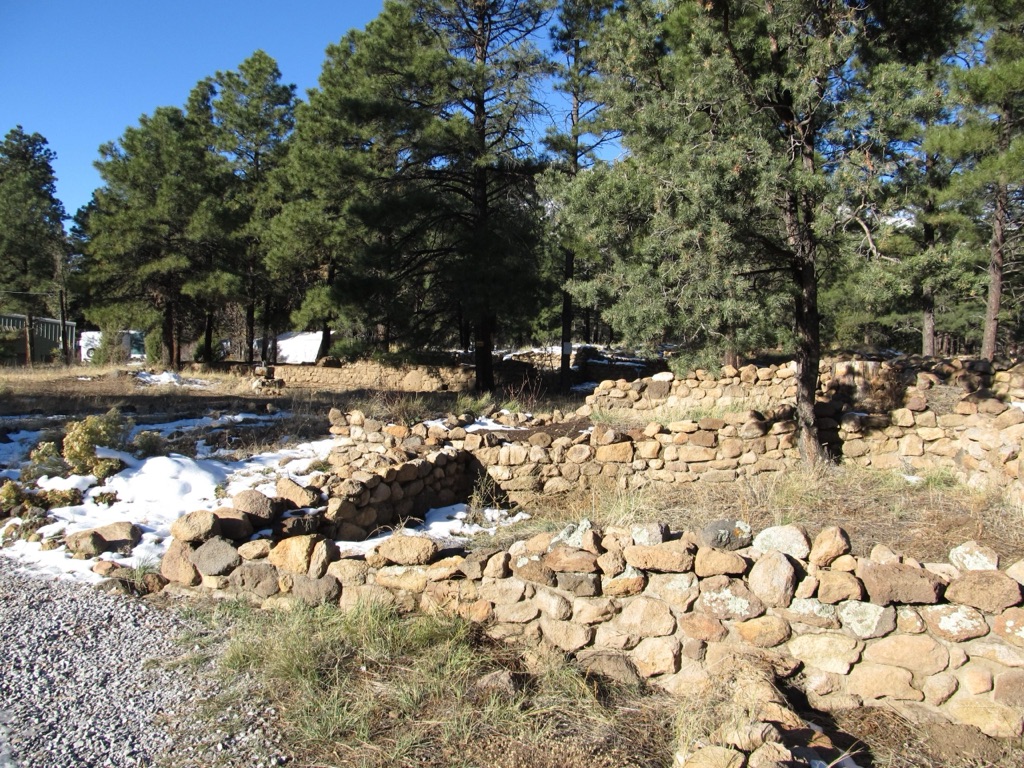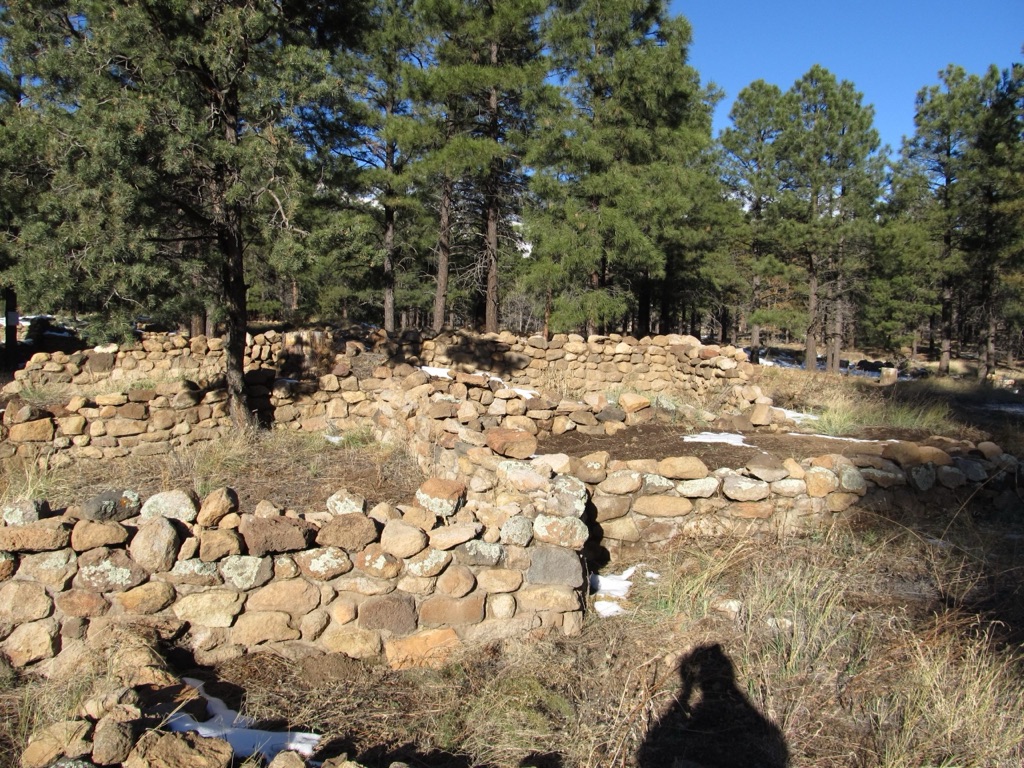Elden Pueblo – An Insight into Prehistoric Trade and Culture
Elden Pueblo, known in Hopi as Pasiwvi, represents a significant archaeological site located at the base of Mount Elden near Flagstaff, Arizona. This ancient village, inhabited by the Sinagua people from AD 1070 to 1275, offers profound insights into prehistoric Native American life, particularly in terms of trade and social organization.
Get your dose of History via Email
Historical Overview
The Sinagua, whose name is derived from the Spanish words “sin agua” meaning “without water,” were an agricultural community adept at maximizing the scarce water resources of the region. The settlement at Elden Pueblo is estimated to have housed between 200 to 300 individuals in approximately 60 to 70 rooms. The discovery of a burial mound near the site, containing two individual burials beneath it, adds a layer of mystery and intrigue regarding the social and spiritual practices of its inhabitants.
The site gained attention in the early 20th century when Harold Colton identified it, initially naming it Sheep Hill Pueblo. Controversy ensued following excavations by Jesse Walter Fewkes in 1926, particularly regarding the removal of artifacts and human remains to the Smithsonian Institution. This controversy played a pivotal role in the enactment of the 1927 Arizona Antiquities Act and the establishment of the Northern Arizona Society of Science and Art, highlighting the importance of ethical considerations in archaeological research.
Trade and Economic Life
Elden Pueblo is recognized for its role within a vast trading network, as evidenced by the diverse array of trade goods found at the site. Items such as macaw skeletons from Mexico and shell jewelry from the California coast indicate the extensive reach of the Sinagua’s trade connections. These findings not only underscore the economic activities of the Sinagua but also their interactions with distant cultures and communities.

Archaeological Significance
Since 1978, Elden Pueblo has served as a vital educational and research site, allowing the public to engage directly with archaeological practices. Under the supervision of professional archaeologists, participants can partake in excavations, artifact analysis, and learn about ancient technologies. This hands-on approach demystifies the field of archaeology, making it accessible to a broader audience.
The site’s inclusion in public and school programs, sponsored by the Arizona Natural History Association in collaboration with the Coconino National Forest, emphasizes the importance of preserving and understanding our shared heritage. Events such as Public Archaeology Days and the Primitive Technology Expo offer unique opportunities for experiential learning and community involvement in the preservation of archaeological sites.
Conclusion
Elden Pueblo stands as a testament to the complex social, economic, and cultural practices of the Sinagua people. Through the ongoing efforts of archaeologists and the engagement of the public, the site continues to offer invaluable insights into the prehistoric past of the American Southwest. As research progresses, Elden Pueblo will undoubtedly contribute further to our understanding of ancient trade networks, social hierarchies, and the daily lives of the Sinagua people.
Sources:

